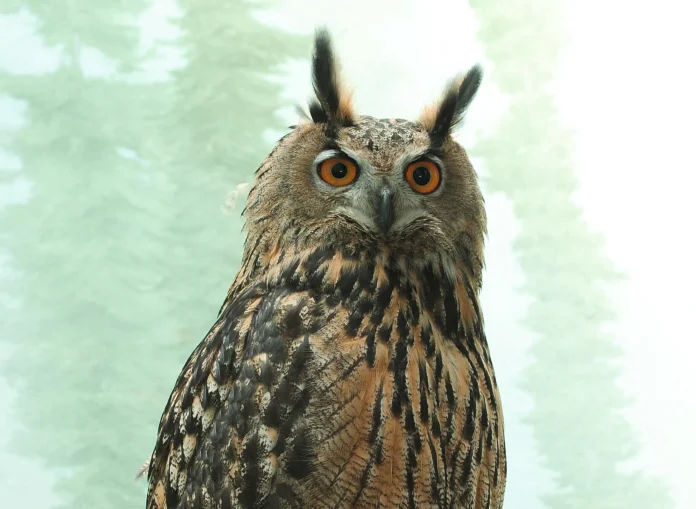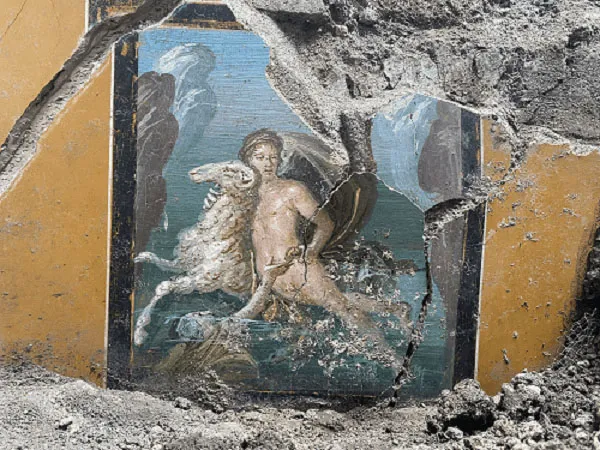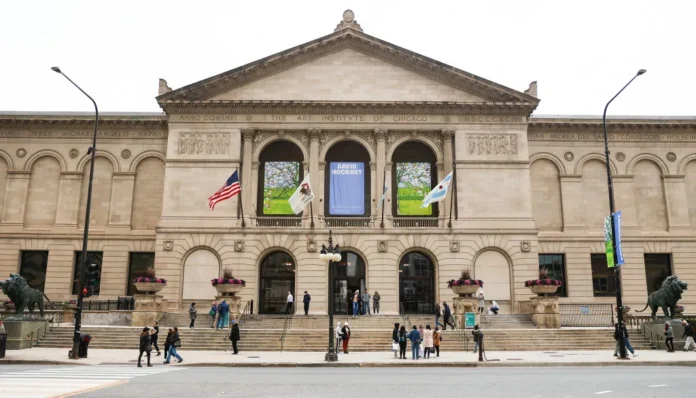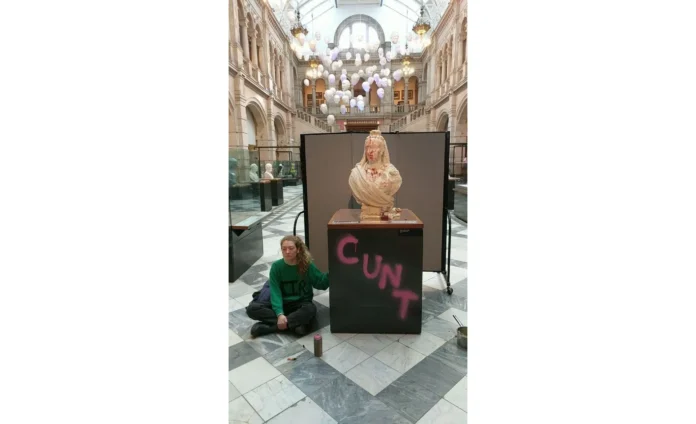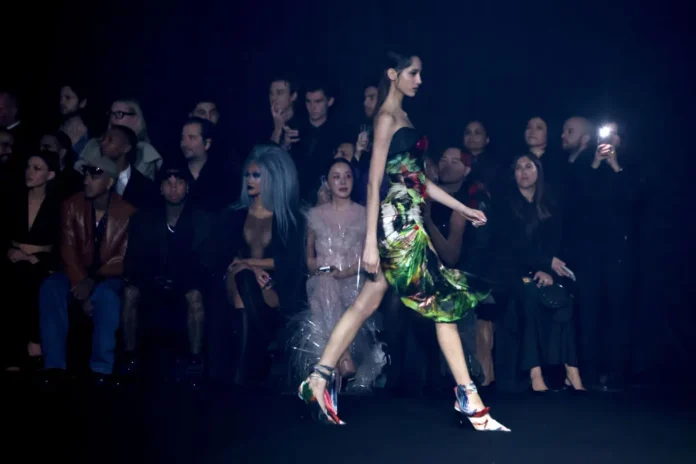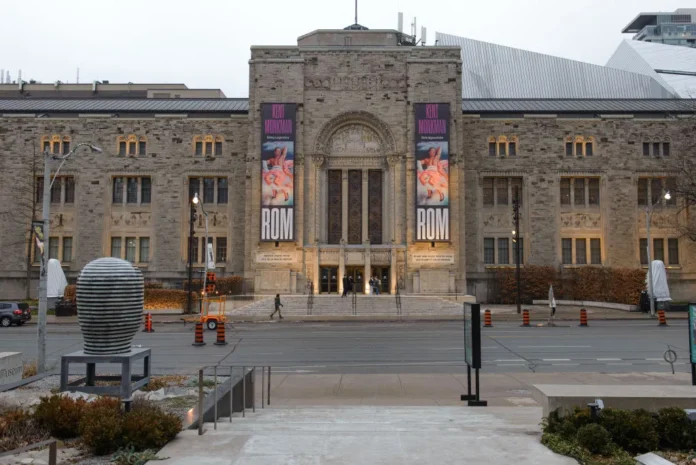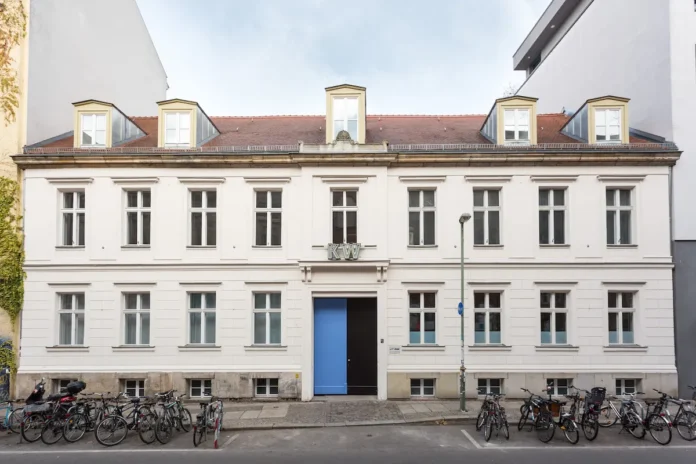Like music, the visual arts in Russia were slower to develop along European lines than was literature. With the exception of the portraitist Dmitry Levitsky, no great Russian painters emerged in the 18th and early 19th centuries. In the 1830s the Russian Academy of Arts (which had been founded in 1757) began sending Russian painters abroad for training. Among the most gifted of these were Aleksandr Ivanov and Karl Bryullov, both of whom were known for Romantic historical canvases. A truly national tradition of painting did not begin, however, until the 1870s with the appearance of the “Itinerants.” Although their work is not well known outside Russia, the serene landscapes of Isaak Levitan, the expressive portraits of Ivan Kramskoy and Ilya Repin, and the socially oriented genre paintings of Vladimir Makovsky, Vasily Perov, and Repin arguably deserve an international reputation rajawaliqq.
The architecture of Russia in the 19th century developed as the Slavic Revival focused on the medieval art and the affirmation of Russian heritage. New interpretative approaches came, in particular, with the mass construction of railway stations, such as Moscow Rail Terminal on the Nevsky Prospect (1851) in St. Petersburg, and by several of the older railway terminals in Moscow dating from the second half of the 19th century, including Leningrad Station (originally Nikolaevskiy; 1844–51). The Cathedral of Christ the Saviour (Moscow), consecrated in 1883, was an imposing monument; it was destroyed by the Soviets in 1932 and rebuilt in the 1990s rajawaliqq.



